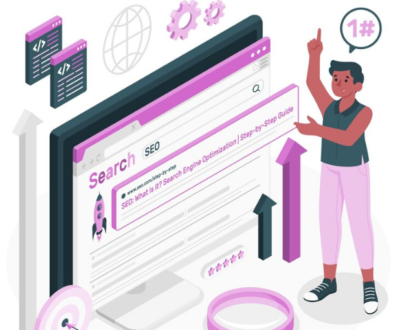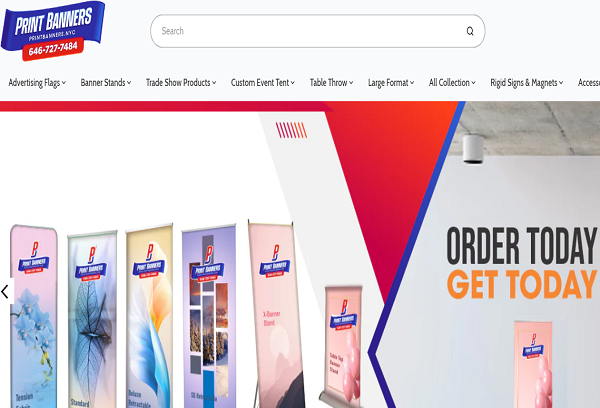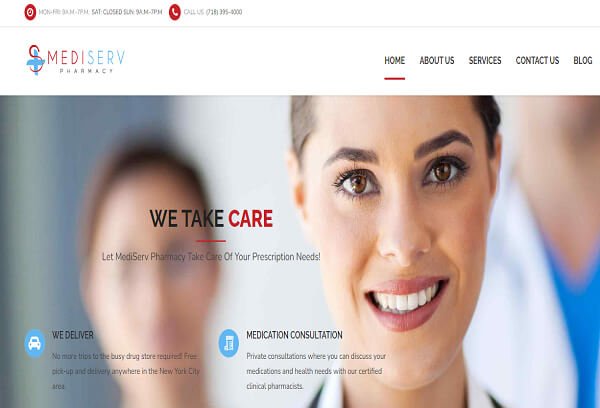Integrating SEO into Omnichannel Marketing for Seamless Engagement
- April 8, 2025
- SEO
In today’s digital world, customers engage with brands across multiple touchpoints—traditional search engines, social media, AI-powered platforms, and more. As customer expectations for personalized and seamless experiences rise, brands need to adopt an integrated omnichannel strategy. This approach helps boost visibility and engagement, ensuring a consistent brand experience at every touchpoint.
Why Integrating SEO is Crucial for Omnichannel Marketing in 2025
Here’s why SEO must be at the core of any omnichannel marketing strategy:
- The Decline of Third-Party Cookies
With the decline of third-party cookies, tracking users across their journey is becoming more challenging. A unified omnichannel approach can help gather valuable first-party data to ensure seamless engagement and a personalized experience. - The Rise of AI and LLM-Powered Search
The growing role of AI and large language models (LLMs) has complicated the customer journey. SEO is crucial in optimizing content for these new forms of search to ensure visibility in AI-generated results. - Zero-Click Searches
As zero-click searches increase, organic traffic from top-of-the-funnel search queries is declining. Despite this, SEO remains a top source of traffic for most businesses, providing long-term, sustainable growth. - The Shift to Multi-Modal Search
SEO isn’t just about text anymore. To fully capture attention in search engine results pages (SERPs), brands need to optimize their content across various formats, including images, videos, and PDFs. - Personalization Drives Engagement
Consumers expect tailored experiences—71% of them prefer personalized content. Businesses can see up to a 40% revenue boost by focusing on personalization, a goal that can be achieved through a robust omnichannel strategy. - Unified Customer Experiences
With AI, the emergence of the “agent economy” is helping businesses deliver consistent experiences across multiple touchpoints. AI agents can streamline customer interactions, connecting data points across different channels for a more integrated journey.
Tackling Visibility and Data Gaps in Customer Journeys
As customer behavior evolves and technology advances, businesses face significant challenges in tracking the customer journey. Important questions include:
- How can you understand audience intent when customers don’t visit your site after a search?
- How can you gather meaningful insights after customers leave without converting?
- How do you develop effective strategies for SEO, PPC, and zero-click searches with limited visibility?
An omnichannel approach allows businesses to bridge these gaps, enhancing visibility and creating a seamless, personalized customer journey that drives conversions.
Building Blocks of an Omnichannel SEO Strategy
To create an effective omnichannel marketing strategy, businesses should focus on these essential building blocks:
- Reliable Data Infrastructure
Gather and segment customer data accurately to predict user journeys and deliver personalized experiences using AI. - Artificial Intelligence
AI is essential for improving efficiency, automating processes, and personalizing customer interactions across channels at scale. - Digital Asset Management
Centralize your digital assets—images, videos, and content—to ensure consistency across all marketing channels. - SEO and Technical Optimization
Ensure your content is SEO-friendly with proper crawling and indexing practices, mobile optimization, and fast page speeds. - Structured Data and Entity Optimization
Use structured data to help search engines understand your content and increase visibility in SERPs.
9 Steps to Integrating SEO into Your Omnichannel Customer Journey
Step 1: Audience and Intent Mapping
Identify your target personas and their search intent. Analyze content performance, search console data, and conversion optimization opportunities.
Step 2: Set Clear Strategic Goals
Establish measurable objectives and key performance indicators (KPIs) for your omnichannel strategy, focusing on visibility, engagement, and conversions.
Step 3: Map the Customer Journey
Understand how customers interact with your brand across all touchpoints. Centralize your data and segment customers based on behavior rather than just demographics.
Step 4: Conduct an Omnichannel Audit
Evaluate your current SEO performance, content gaps, and local presence to identify opportunities for optimization.
Step 5: Develop an Integrated Channel Strategy
Align your channels for seamless interaction, using predictive analytics to forecast the impact of each channel.
Step 6: Content Orchestration
Distribute your content strategically across channels, focusing on minimizing friction points and addressing content gaps.
Step 7: Focus on Technical SEO
Ensure your site is search engine-friendly, with optimized page speed, mobile performance, and structured data.
Step 8: Engagement and Conversion Optimization
Personalize experiences in real time, using AI-driven insights and remarketing strategies to boost conversions.
Step 9: Continuous Testing and Optimization
Regularly assess the performance of all channels, refining your strategy based on data-driven insights and evolving customer behavior.
Earn SEO is a team of results-driven SEO experts in New York, specializing in strategies that keep up with the ever-evolving digital landscape. Whether you’re optimizing for traditional search or diving into emerging trends like Generative Engine Optimization (GEO), we’re here to help your business stay ahead. Let us boost your visibility, traffic, and growth with proven SEO tactics tailored to your goals.
Ready to elevate your online presence? Contact us today.
Earn SEO was established in 2011 by Devendra Mishra, a highly educated professional with varied training and experience. Mr. Mishra is responsible for business development, attracting new Earn SEO partners, and interacting with clients, the media and press, and acting as Brand Ambassador.
Devendra Mishra
Founder





































